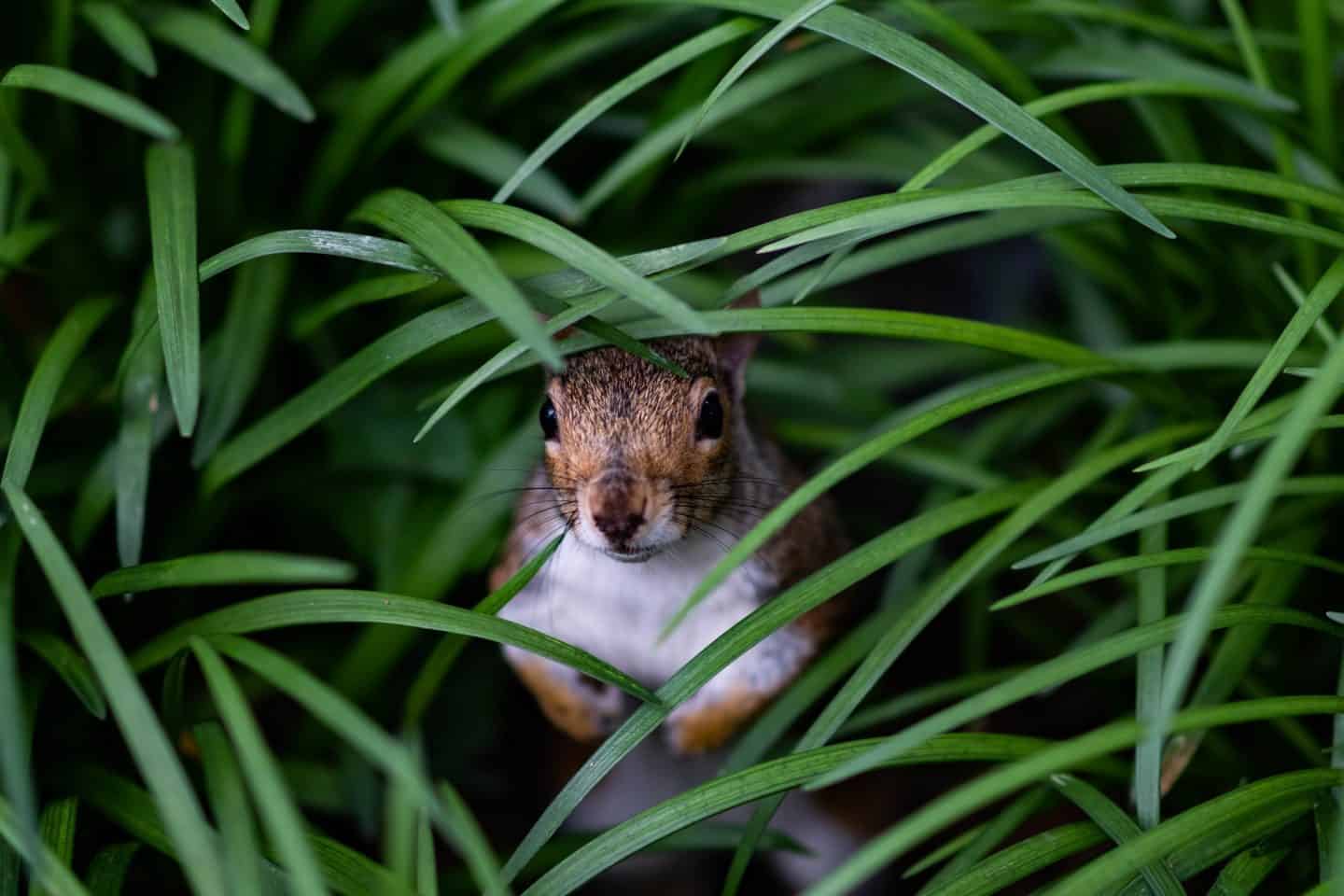
Lawn maintenance is an important gardening task and we have discussed the complexities of it before in our ‘Taking the Tasks Out of Your Garden’ post. Thankfully, it is not as complex as rocket science, but neither is it as easy as you might think. Lawn care is something you can do without much trouble, as long as you know what to do. In this regard, this handy guide to good lawn care will definitely serve you well.
During Summer
To keep the grass healthy, make sure to keep an eye on perennial weeds and discourage them from growing amidst the healthy grass. You can do this by digging them out using a narrow trowel; otherwise, they will take over your lawn, and weeding them out will be a lot harder. Next, create a compost heap that includes long cuttings and a healthy combination of browns and greens. The Telegraph’s John Walker explains the difference between browns and greens is that greens are made from, among others, leafy weeds, vegetable peelings, banana skins, apple cores, sappy prunings, and lawn mowings, while browns include food packaging, damp cardboard, egg boxes, and woody shredded prunings. A 50-50 mix of greens and browns is ideal, although you will have to add both once every few days.
During Autumn
Autumn presents an excellent opportunity for you to give your lawn a pick-me-up if necessary. This season is also about preparing for the much harsher season ahead that is winter. The first thing you must do is check if your lawn is soggy. If it is, this will likely be due to the presence of moss. To rectify this problem, soak the affected areas with a liquid moss killer and leave for a week or two. Thereafter, you can collect the dead moss using a garden rake. Aerate the soil as well to improve drainage and prevent compaction. Grass Clippings explain that aeration lets stale carbon dioxide out of the soil while letting oxygen in “to stimulate and encourage root growth.”
Finish off by applying autumn lawn feed, which is high in phosphate and potassium. Both nutrients promote healthy root growth and will help your lawn survive the spine-tingling cold and the occasional frost.
During Winter
Winter can be unforgiving, and the onus is on you to make sure your lawn doesn’t die out. You’ll need to bear in mind that grass will nonetheless grow even amid cold temperatures. This means some mowing will still be necessary once in a while, and there are some considerations to keep in mind, as The Spruce points out in its winter lawn tips. One tip is to make sure that you mow at just the right length — neither too high nor too low. It is thus imperative that you invest in a lawnmower with different cutting heights so you can choose the most suitable one depending on the season. Screwfix has a selection of lawnmowers with a variety of adjustable cutting heights. This feature is particularly important, especially during winter, as grass cut too high tends to smother itself and is at risk of freezing and thawing; on the other hand, grass cut too short is at risk of scalping, whereby the crown of the plant is exposed to the elements.
Aside from the occasional mowing, you will also need to fertilise and aerate your lawn. Sprinkling cold weather grass seeds is highly recommended as well, and you can do this while you are applying the fertiliser. Just make sure you spread the seeds evenly to prevent clumps of grass later on.
During Spring
First things first, clear winter debris by carefully raking them off your lawn. Then you can sow spring seeds to bare patches to cover them up. For this season, mowing is a task that you will do more frequently once the weather warms up. Your aim here is to keep the grass height at a constant throughout the winter.
The thing is, lawns don’t magically take care of themselves. If you want your lawn to be lush and green, you will need to put some effort into maintaining it. And you must do so all-year-round.
